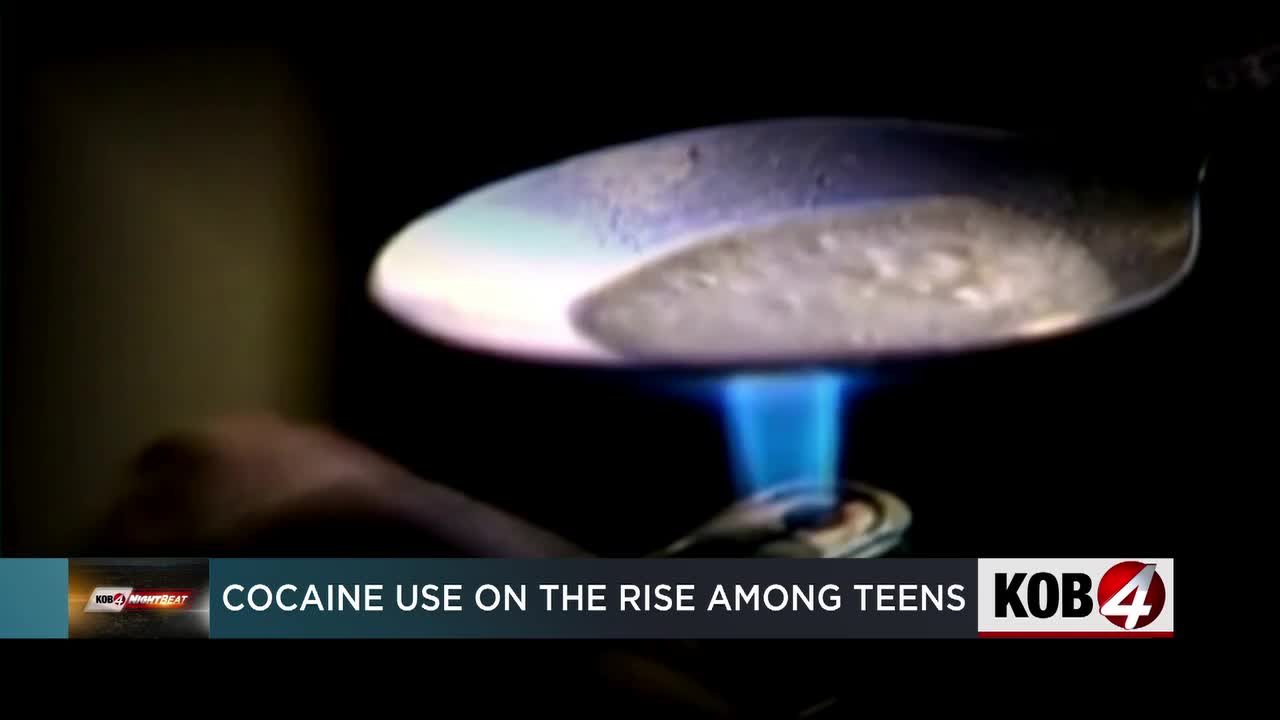Cocaine use reportedly on the rise among teens

ALBUQUERQUE, N.M. — Cocaine is a drug that rose to prevalence and prominence decades ago but now reports show its use may be on the rise among teens.
Wastewater testing at 106 schools, which started in October, shows cocaine showed up in 63% of them. That is much higher than heroin (not detected) and fentanyl (13%).
The results don’t just come from the students. They also come from staff and visitors who also use the bathrooms.
We reached out to the local Drug Enforcement Administration. However, they referred us to Serenity Mesa, a nonprofit providing inpatient treatment for teens and young adults.
After getting in touch with Jennifer Burke, the executive director of Serenity Mesa, we learned that they’ve been seeing more teens coming to them who are addicted to cocaine.
Burke said they started noticing this about a year ago. She added that sometimes people think they’re using just cocaine but they’re using fentanyl too.
“It’s always been known as a more expensive drug so it hasn’t really been popular among kids because it is so expensive but I think with fentanyl, it’s a white powdery substance so often it looks like cocaine so I think they’re mixing the two,” Burke said.
She says that makes the cocaine even more addictive – and possibly deadly.
“To a young person, it might not seem as dangerous because everybody’s talking about how dangerous fentanyl is. But the likelihood of it having fentanyl in it, and it being equally as dangerous, is a pretty high risk,” Burke explained.
Burke has also seen the painful withdrawals that teens often go through with fentanyl and drugs mixed with fentanyl. That motivated Serenity Mesa to open a detox unit at the center.
Bernalillo County commissioners voted Tuesday to approve a three-year, $3.5 million contract with Serenity Mesa. That money will go toward opening a 24/7 detox center with six nurses and a part-time medical director.
The New Mexico Department of Health sent KOB 4 a statement Wednesday about the significant presence of cocaine in schools.
They say it will spur initiatives among the schools in their respective communities. They also say it’s an opportunity to improve communication with students, school leaders and public health experts.